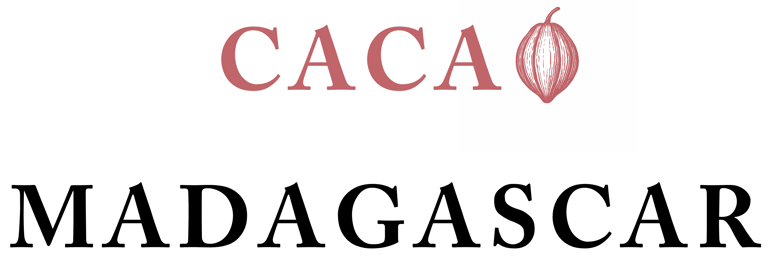The Vohibinany cacao-growing region of Madagascar, formerly known as Brickaville, lies on the east coast of the island, along the humid tropical belt between the Indian Ocean and the central highlands. Here's an overview of the region as it relates to cacao:
📍 Location
Region: Atsinanana
Town: Vohibinany (Brickaville)
Proximity: ~100 km south of Toamasina (Tamatave), Madagascar’s main port
Altitude: Low elevation, generally under 200m
🌧️ Climate & Environment
Rainfall: Very high (>2,500 mm/year), especially during the wet season (November to April)
Temperature: Hot and humid, with average temperatures around 24–27°C
Soil: Fertile, rich in alluvium and volcanic-origin sediments—ideal for tropical crops
Vegetation: Lush rainforest, but heavily affected by deforestation and cyclones
🍫 Cacao Profile
Varieties: Primarily Trinitario hybrids, sometimes mixed with Forastero
Flavor Notes: Typically less fruity and floral than Sambirano cacao, with more earthy, cocoa-forward, nutty and spicy notes
Fermentation: Often done using traditional heap or box methods; quality varies with producer skill and post-harvest infrastructure
Production Type: Mostly smallholder farms, often with intercropping (vanilla, cloves, bananas)
🌱 Development & Challenges
Opportunities:
Close to port (Toamasina) reduces logistics costs
High rainfall supports robust cacao tree growth
Potential for premium cacao if post-harvest practices are improved
Challenges:
Vulnerable to cyclones and flooding
Historically less investment in fermentation/drying infrastructure than Sambirano
Lower international recognition for fine cacao, though quality potential exists
🌍 Economic and Social Context
Vohibinany is a strategic corridor for trade and transport between Antananarivo and Toamasina
Cacao farming is often a secondary income alongside rice, coffee, or vanilla
Development projects by NGOs and exporters have begun training farmers in quality-focused fermentation and agroforestry
